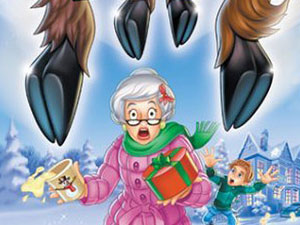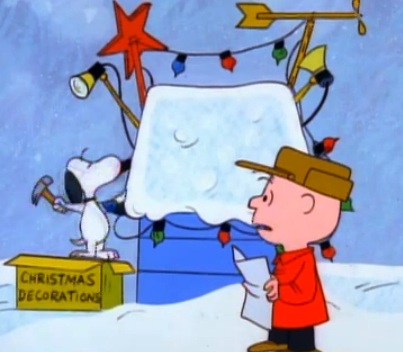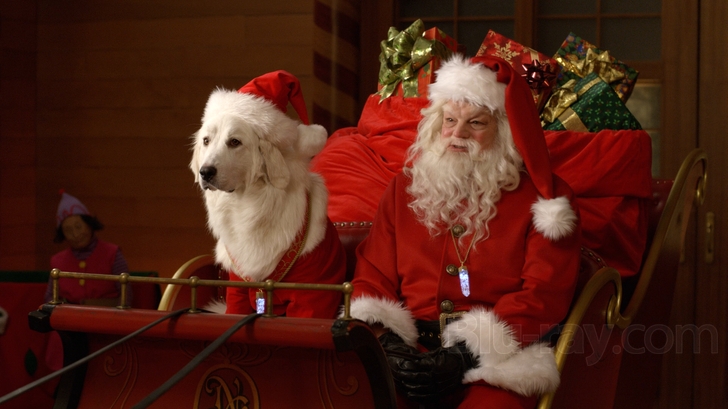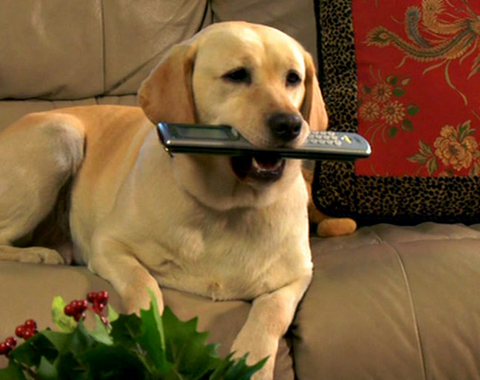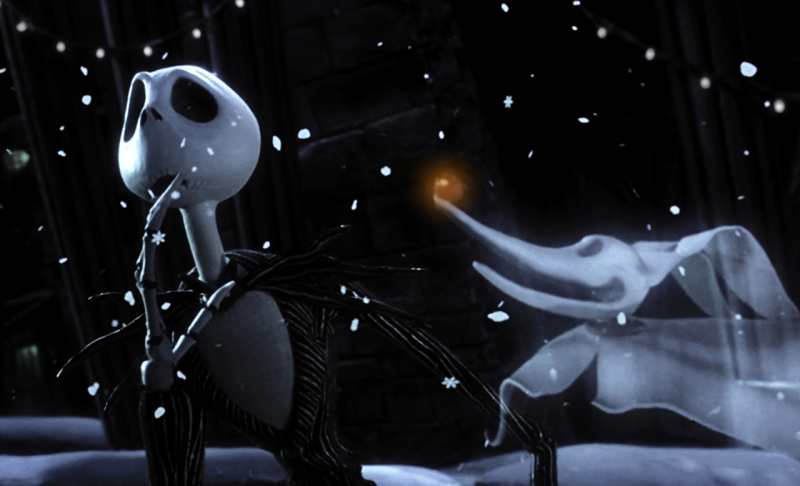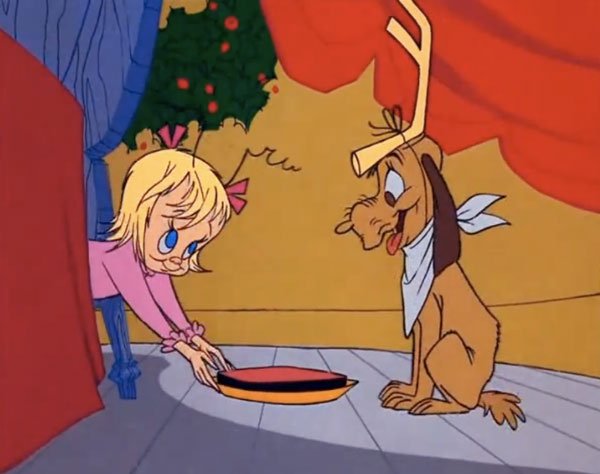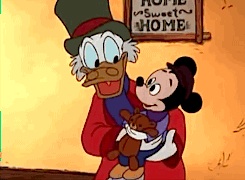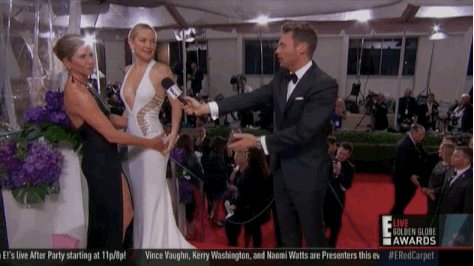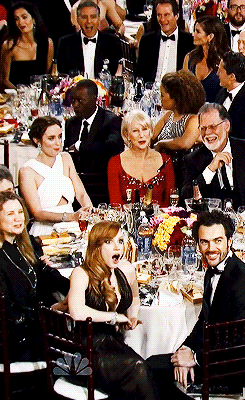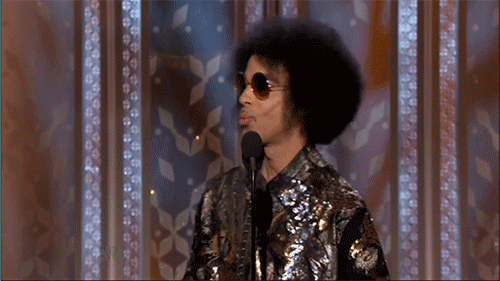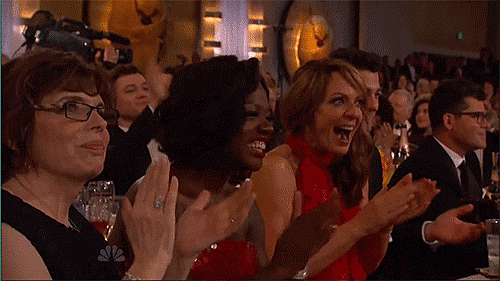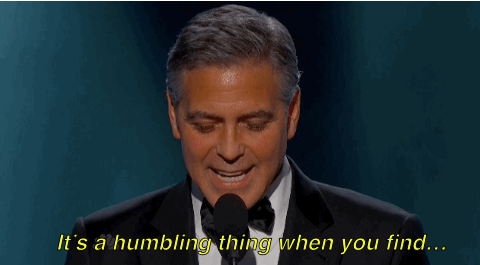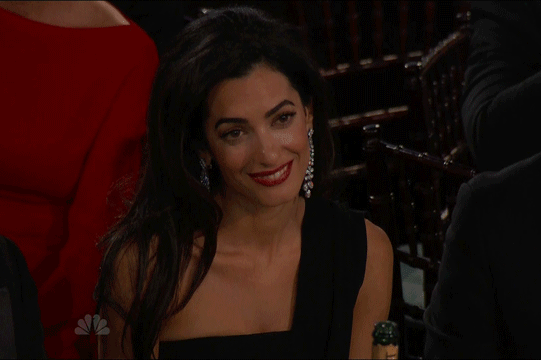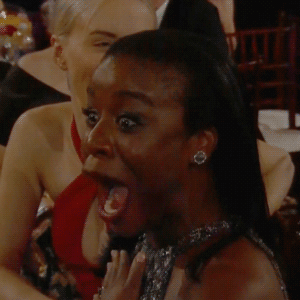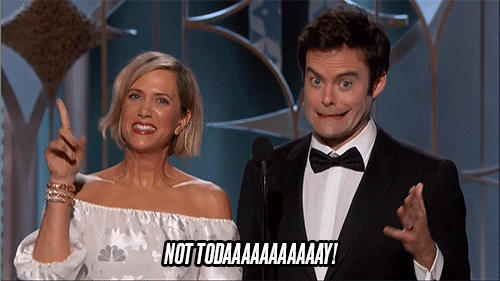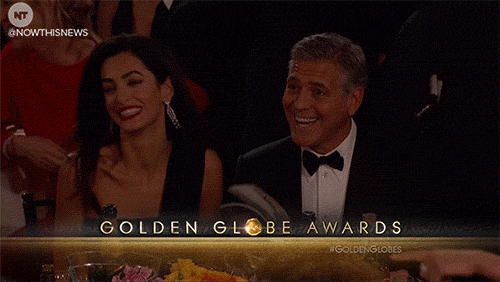Friends! Welcome back to the wonderful world of Downton Abbey recaps! How have you been? How is your pig farm? Your missing/dead spouse? Your murdered valet? Your orphan child? Are you ready to get back into the mud? Get dirty and not talk too much about our feelings? Because here we go!
The music is starting and the dog is walking toward the house and the bell rings for someone. Maybe it’s you! Want to get caught up before we get started on Season 5? Here’s the recap from last year’s finale. As before so it will be again: SPOILER ALERT. Now, to the Abbey.
We begin with Edith on a bicycle! Such a modern woman! Where could she be going, a woman on her own, unescorted?? Well, to spy on her baby of course! Michael, her almost-husband, is obviously still missing and yes, we have a new baby on the block, but this baby is so low class she plays with laundry! Outside! Oh, Edith, please rescue this baby!
In the drawing room, it is 1924. Rose is still living at Downton. As they are wont to do whenever youngs and olds mix in the drawing room, things get political and nonsensical, and Robert makes sure his first line of the season is problematic, saying: “I couldn’t care less if he [the prime minister?] was the son of Fu Manchu.” Class warfare starts early this season.
Tom Branson jumps in with some comment about how he wants to “support the school more” (with romance because he loves the teacher!).
For whimsical and cuteness reasons, we get all the babies and Isis, the dog, in a single scene. They are all getting so big! Maybe it’s time for a spin-off series?
In the kitchen, Daisy and Patmore are back in action! Things are getting really descriptive—Hughes gets in a bunch of explanatory stuff about the general situation of service people in Great Britain and then Daisy does her adorable baby impression, talking fancifully about the distant future of 1958. By my calculation, Daisy is like 86 at this point in Downton Time. Why is she still talking like a baby?
Back at the Baby Watcher’s Farm, Edith’s baby appears distressingly to be about the same age as Baby Sibby and Baby Whatever Boy Name, unless maybe she’s just a huge baby and a future basketball legend? Sobbing as she leaves, Edith is clearly not 100% cool with her farmed-out baby situation. Don’t cry though, Edith! Your baby is named Marigold!! Best name on the show yet. I’m naming all my babies Marigold! No one take that!
The old ladies go for a walk and talk about boys boys boys. This would not pass the Bechdel test. The Dowager Countess starts the season strong by telling Mrs. Crawley that her new suitor just “wants what all men want.” So funny because sex! And old people! Ewwwwww!
Back at Downton, Thomas and the cute footman Jimmy are flirting in the dark corners. Carson catches them and is not cool with the obvious sex talk. Hey, Carson, everyone’s doing it, bro. Stop being such a prude!
In the drawing room, Rose is clearly taking Sybil’s place. Doesn’t anyone remember Sybil?! Her of the original rebelliousness and the actual style? R.I.P. Sybil. I’ll never forget you and your slender ankles.
Downstairs, the Bateses do some more explicating and backstory-ing and Thomas does his Thomas-y thing and sneaks up behind the current target of his maliciousness, Baxter, and tries to pump her for information. Is this Thomas’ season? Will he finally take down Downton, causing the sun to go dark and the water to dry up, and rule the grounds and the village like Scar did in Simba’s absence?
Things get political before dinner downstairs. They also get political upstairs in bed.
Very Important Plot Point Alert: The Village War Memorial. Where will it go?! Carson, it turns out, is “a considerable figure in the village” and some ladies want him to chair some committee that will oversee this Very Important Plot Point.
As usual, a second crucial plot point comes through the mail: James is getting a ton of love letters from Old Boss the Cougar.
At the Dowager House, Robert chats with his mom about how sad he is that the village wants Carson to head a committee and not him. Mommy is like “Your dad wouldn’t have stood for that.”
At Downton, more mysterious mail arrives! This time, it’s for Daisy! Drama! Suspense!
Carson is still deciding whether or not to chair this stupid committee and it is going to tear this family apart! The very fabric of society is threatened. Whatever choice he makes will change history, I’m sure of it! (Look, I’m trying to pep up this incredibly dull memorial/Robert’s ego based plot line until we can get back to Edith’s illegitimate baby.)
Robert tells Cora she doesn’t need to know the details about Tom’s School Teacher. Ladies don’t need to busy their tiny heads with details, Cora. You should know that by now!
Mary, the cold, feelingless monster, is super stoked that the village likes Carson more than her dad. She just likes to see her family feel bad, for whatever reason.
At the school, Tom’s School Teacher love interest is so modern! She’s not even wearing a hat!
At the Dowager House, Violet interrogates one of Mrs. Crawley’s many suitors, the doctor. Is Violet trying to set up some sort of geriatric love triangle? How bored is she?
In front of a fire, Robert pretends he so doesn’t care that the village likes Carson more than him. Mary, in a strange moment of “kindness”, says to her dad: “I want you.” Not super appropriate, Mary. This is 1924, not, I don’t know, some time when incest was popular or social acceptable.
On the stairs, Thomas threatens Baxter. As usual. Again.
Upstairs, Edith romantically touches a book. Could this book please be a clue to the whereabouts of Marigold’s father?
In the kitchen, Daisy reveals that her mail was about a course she’s taking because, as she says: “I want to be grown up!” Hey, girl, you’re in, at the very least, your late 20s at this point. You’re a grown-up. Or…does she have some sort of disease that keeps her young forever?? Oh no, she’s just dyslexic. Is this dyslexia the reason Thomas has been able to trick her so many times? I didn’t realize being susceptible to villains was a side effect of dyslexia. Maybe it’s just an unrelated condition she also has. Guys, Daisy’s dyslexia will be a plot point. Mark my words
In a bathroom somewhere, Molesley dyes his hair black.
In an office somewhere, Rose the Little Upstart tries to convince Tom to bring the School Teacher to the house. Oh, Rose! First you consorted with an African-American jazz singer and now you encourage your cousin-in-law to see a school teacher?! When will it stop?! My heart can’t take this sort of scandal-induced stress!
In the library, the Granthams lie about how happy they are that the village wants Carson on a committee.
In an alley, Edith talks with Baby Watcher about Marigold, Best Baby Yet. The farmer tells Edith he knows she is Marigold’s mom. Really? What gave it away? The shirt she always wears when she’s visiting that says “World’s Best Mom of a Marigold!”? Or was it the tears?
Downstairs, Carson delivers to Hughes the one-line summary of this episode: “But he was sad, not at me but maybe because things are changing.”
The Bateses flirt mercilessly over cards in the downstairs dining room. We get it. You’re in love.
Jimmy and Thomas flirt mercilessly over cigarettes. We get it. You’re in love.
Violet continues on whatever scheme she’s on that seems like maybe it actually doesn’t involve setting Isobel up? She makes a Pride and Prejudice joke, which allows us to forget about our confusion momentarily.
In the hall, Molesley counsels Baxter on how to deal with Thomas of Dark Corners. How is he the voice of reason here? How is he the only one who realizes that, in all situations, Thomas is the villain, forever, always, until he dies?
In the drawing room, the music swells as the Grantham girls eye Branson and start scheming away some sort of plan for the parents’ anniversary.
Downstairs, the Help Cartel (Carson/Hughes/Patmore) discuss Daisy’s seditious desire to learn basic math.
Upstairs, Mary and Mrs. Bates finally have a few minutes alone for Mary to say rude things and make oblique references to sex followed by comments about how gross it is to talk about sex. Hey, Mary, remember that time you basically had sex with a dead guy?! That seems pretty gross to me, but I guess I’m a total prude. Guess who’s not though, suddenly? Mary! Who tells Anna that she totally believes in checking out the equipment pre-maritally! Bow chicka wowow.
Downstairs, Carson sets up Bates to be the valet for Lord Gillingham—oh, my favorite of Mary’s suitors, the Pirate!—whose previous valet was, oh you know, just Anna’s rapist who was murdered by Bates!!
Rose ambushes the Hatless Political School Teacher at the school to convince her to come to the anniversary party. Uh oh. Lord Grantham is gonna be so piiiiisssssssssed. Good old Rose.
Somewhere, Violet’s Torture Isobel Tea gets underway. The love triangle appears to be taking on more complex shapes. Violet should potentially take up knitting. She’s clearly bored out of her skull and is playing around with Isobel’s life for a laugh.
Tony the Pirate shows up in the library. He and Mary flirt about guns.
At tea, more flirting: this time, the doctor with Isobel. Isobel gets jealous over the other, fancy man suitor who seems to be overly enjoying Mrs. Shackleton (so many characters—I’m going to need to check the fan wiki to see if we’ve met her before).
Thomas steals a pair of shoes and corners Baxter in a shoe shining room and threatens to tell her story to her ladyship. What is her story?! It’s probably worse than she once invited a school teacher over, at least, that’s what her terrified crying is saying to me…
The Pirate, Mary and Tom walk in the foggy woods with guns. Who will die today? Mary tells the Pirate she’s a Buddhist. Or maybe a sociopath. She says: “Tony, I do love you, you know, in my cold and unfeeling way.”
A familiar looking stranger sweeps into Downton, her car apparently having broken down. Suddenly, the third-tier Jimmy plot is becoming clear. This is the old lady who’s in love with him. I mean, she’s not that old…
Out of nowhere, Lord Grantham gets inappropriate again: “Molesley, you look very Latin all of a sudden. Do you have Italian blood?”
Maybe the hair dye did contain a transfusion of Italian blood, if Italian blood makes you into a wise, good person, because once again, Molesley is the only voice of reason in the whole house, telling Baxter to just tell Lady Grantham whatever her terrible story is (she knows a school teacher, she is a quarter Italian, she put the soap on the floor that caused the Lady to slip and lose her baby).
Upstairs, Baxter tells Lady Grantham her big secret. She’s a super duper thief who did prison time for stealing jewels. Now, if there is one thing I know, it is that whatever Baxter’s motive for her crime, which she will not yet reveal as a British person who values her dignity and the slow pacing of a good plot over everything else, whatever her motive, it will completely exonerate her from everything. Like, probably the people she stole the jewels from were Nazis and she gave them back to the Jews the Nazis originally stole them from. Or something.
Upstairs, Murderer Bates menacingly brushes the Pirate’s coat, fishing for info on the person he murdered.
Downstairs, Baxter and Molesley talk about trust. So romantic. This is clearly the romance of the season.
In the hall, the Old Boss Cougar sexually harasses Jimmy hard.
In the drawing room, all the plots converge as the School Teacher enters and Lord Grantham looks on aghast.
The older ladies are also here, clearly a bit miffed with each other about the earlier tea party. Violet works hard to remind Edith about the Downton caste system. Oh, Violet, did you not hear Carson announce the theme of the episode?
In the dining room, Lord Grantham objectifies Lady Grantham by calling her “a bumper prize.” Way to rub in the fact that she’s alive to the many, many people in the room with dead spouses.
The Old Boss Cougar continues to openly fondle Jimmy at the dinner table.
The School Teacher gets political about the war memorial. She apparently hates stones. And wars, but mainly stones. Which of course makes Robert super pissed. Hey, guys, aren’t there rules about talking politics with old people at dinner? Or was that instituted in the Reagan years?
Oh no! The School Teacher calls out Robert’s saddest thing: the fact that the village hates him and doesn’t want him on their committee. Things get wild, by which I mean everyone goes silent and tries to avoid eye contact. Carson, as usual, rescues the whole thing by concocting some lie about how the village totally actually really does like Lord Grantham. The old ladies get their dander up a bit. Isobel defends the School Teacher for standing up for her anti-stone principles and Violet says: “Principles are like prayers—noble, of course, but awkward at a party.” Put it on a shirt!
Carson continues to keeps his eyes on all developing situations and demands that Jimmy show him a note the Old Boss Cougar passed him at dinner. Thomas comes to his aid. Oh, definitely, Thomas is someone you want coming to your aid, Jimmy. Totally. Great idea.
In the drawing room, the School Teacher announces she wants to meet the staff downstairs. Okay. We get it. Political. Branson sure has a type.
Edith sighs deeply in a corner of the drawing room so Mary comes over to torment her in a not sweet or sisterly way.
Prediction: The School Teacher has to go downstairs so she can meet Daisy, offer to teach her math, diagnose her learning disability and then save the day by teaching her strategies to deal with it!
At the bottom of the stairs, Thomas tries to tell Cora about Baxter the Thief’s horrible shameful past and it backfires! Cora sort of calls him out. Thomas is probably going to murder Baxter.
In the library, Branson and Robert exchange heated words, which quickly become unheated. Mainly, they say the word “lover” in a sort of uncomfortable way.
In Cora’s bedroom, Honorable Baxter refuses to reveal her criminal motivations. But Cora never fires a lady’s maid, even when they kill her unborn baby, so Baxter gets a reprieve. For now!
Downstairs, Carson tells Molesley that his sad dye job is dumb.
In her room, Edith throws the old Michael clue book at the fire and starts crying. And then it catches on fire. Is Downton about to burn down?
In the hall, Tony the Pirate sneaks into Mary’s room like a good pirate and Thomas and Jimmy, who are about to engage in some illicit behavior of their own, see him. Great. More ammo for Thomas. Can we please fire him, like, yesterday?
In Mary’s room, Tony has clearly overheard Mary’s talk with Anna and he says: “I want us to be lovers, Mary.” Lovers: the word of the episode!
Unfortunately, as the fire breaks out, Thomas gets to be a hero. Sand is thrown, hoses unfurled, babies rescued, and Jimmy is caught in a compromising position with Old Boss Cougar. Firefighters dressed as knights show up and everything is okay enough for Mary to tell the Bateses: “Lady Edith chose to set fire to her room, but we’re all fine.”
Robert fires Jimmy for his naked wrestling and conveniently one of the firefighters is the Baby Watcher and Hughes, of course, knows something is up when she sees Edith consorting with him, but Hughes probably already knows everything anyway because she’s Hughes!
And credits.
Character Ranking:
5. Tony the Pirate: The Pirate is hot and I am so glad Mary chose him over the much-less-pirate-y Pig Farmer. He hasn’t done much yet, but I believe in him.
4. Marigold: The newest baby also hasn’t done much yet, but come on, she’s named Marigold! Plus, her dad is in a camp somewhere starving to death and her mom is setting houses on fire due to sadness and she’s being forced to play with laundry, while her cousins are probably swimming in pools of gold pieces and eating chocolate.
3. Violet: She had some misses this episode, but her prayers-at-parties line was solid. I hope the fact that she left the party early doesn’t mean she’s dying!
2. Molesley: He’s really coming into his own now that he’s 52! His pathetic guise may make him the perfect person to take down Thomas. Fingers crossed!
1. Mary: I used to hate Mary, but somehow, her consistent nastiness is growing on me. She’s a horrible, horrible person and she knows it. I can’t wait to see what kind of emotional damage she inflicts this season!
See you guys next week!

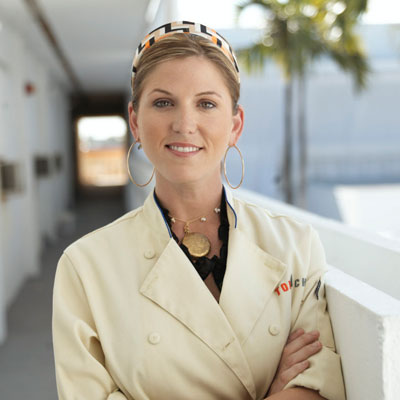
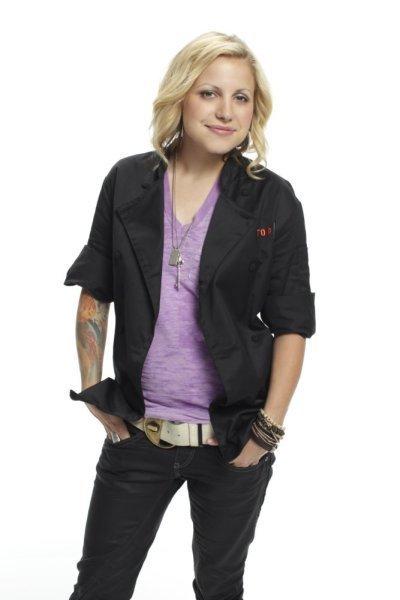
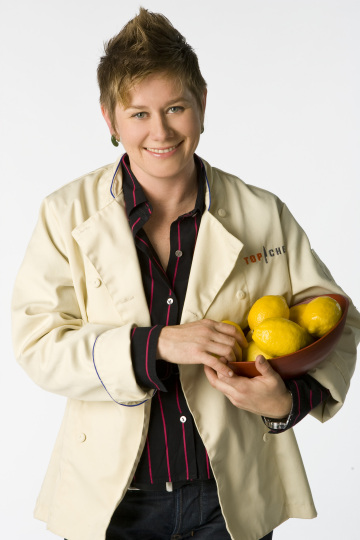
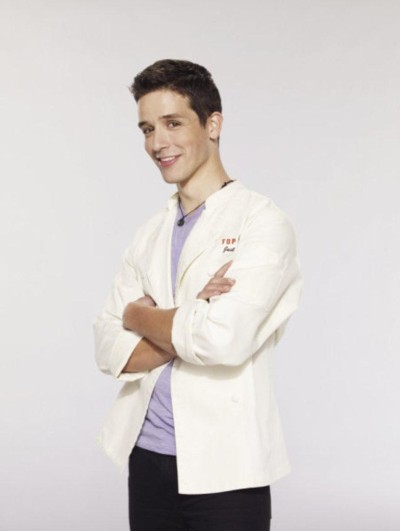
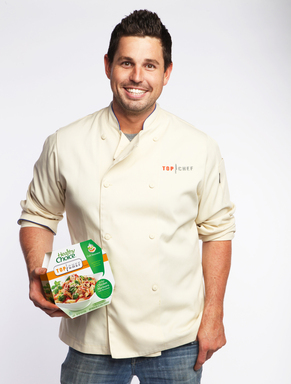
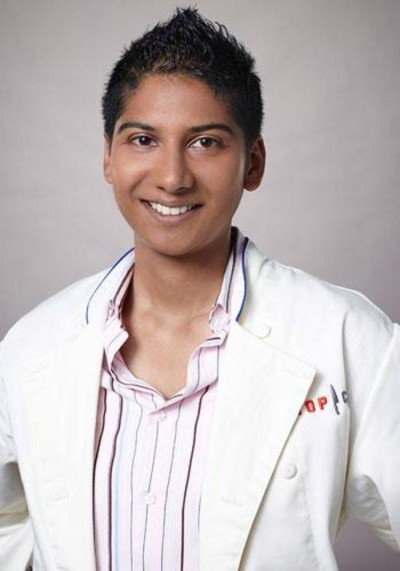
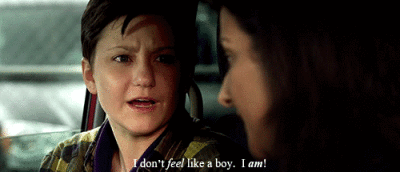
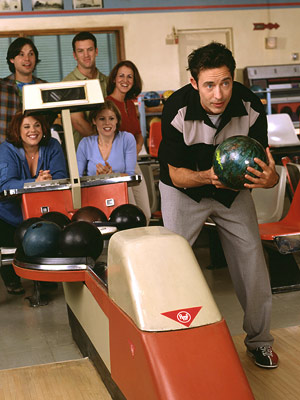
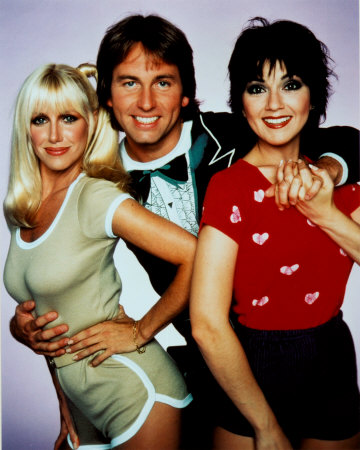
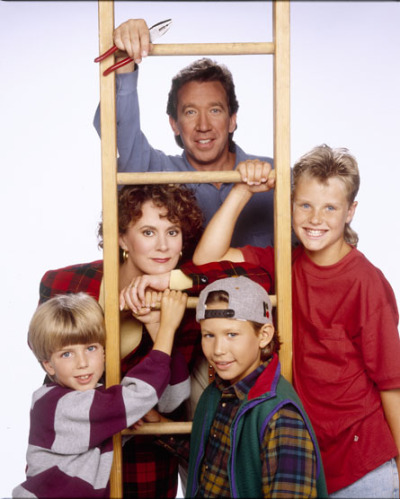
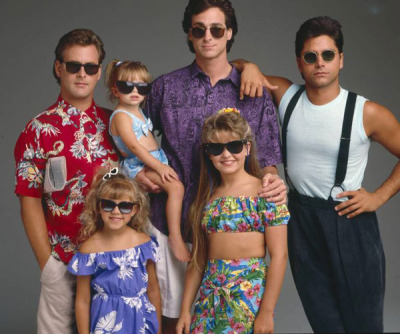
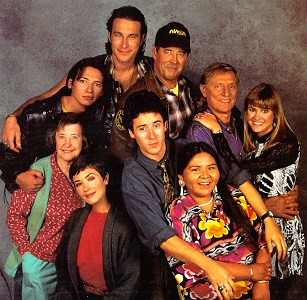
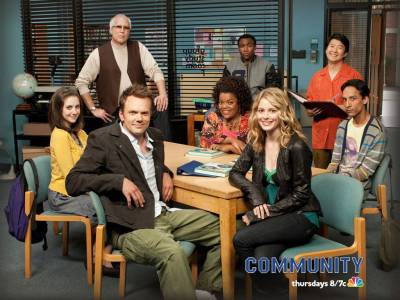
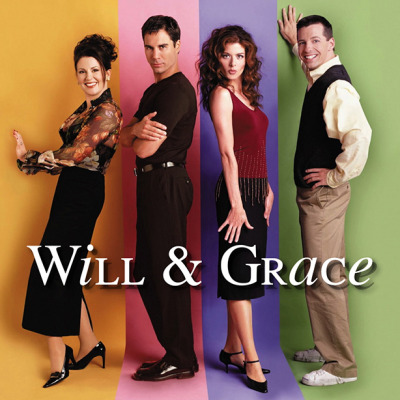
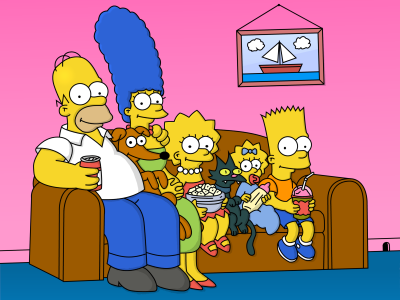
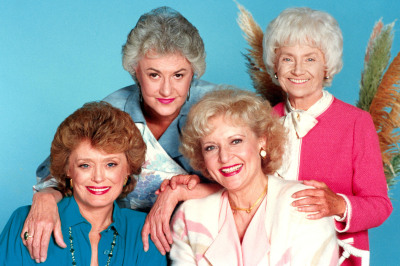
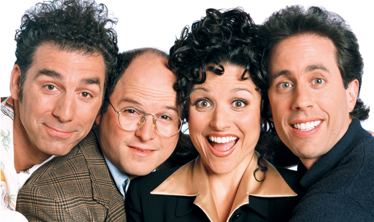
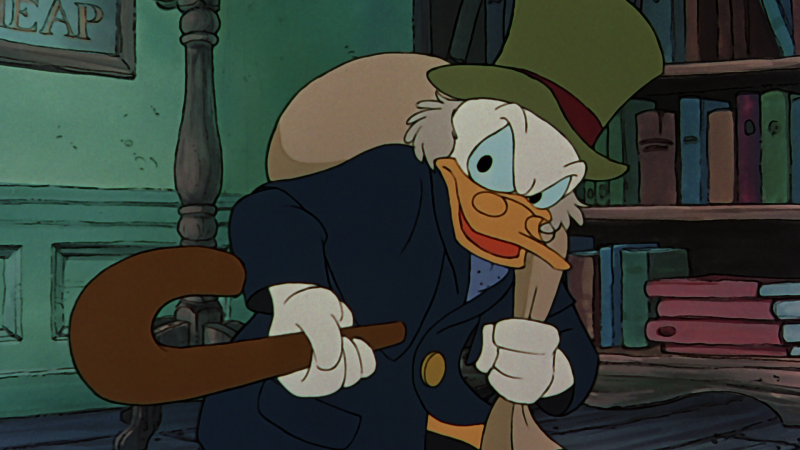
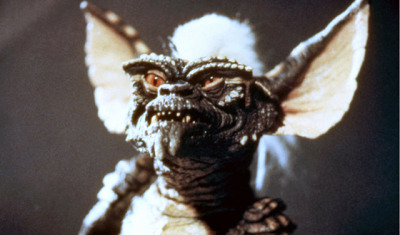 Stripe is basically pure evil in scaly bipedal form. He tied up the family dog with Christmas lights! Oh, and he murdered a lot of people and traumatized a whole generation of children who were far too young for the movie and to this day cringe a little when “Do You Hear What I Hear?” starts to play.
Stripe is basically pure evil in scaly bipedal form. He tied up the family dog with Christmas lights! Oh, and he murdered a lot of people and traumatized a whole generation of children who were far too young for the movie and to this day cringe a little when “Do You Hear What I Hear?” starts to play.